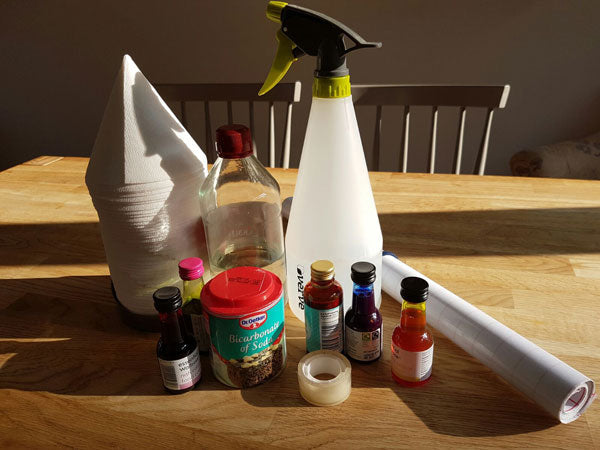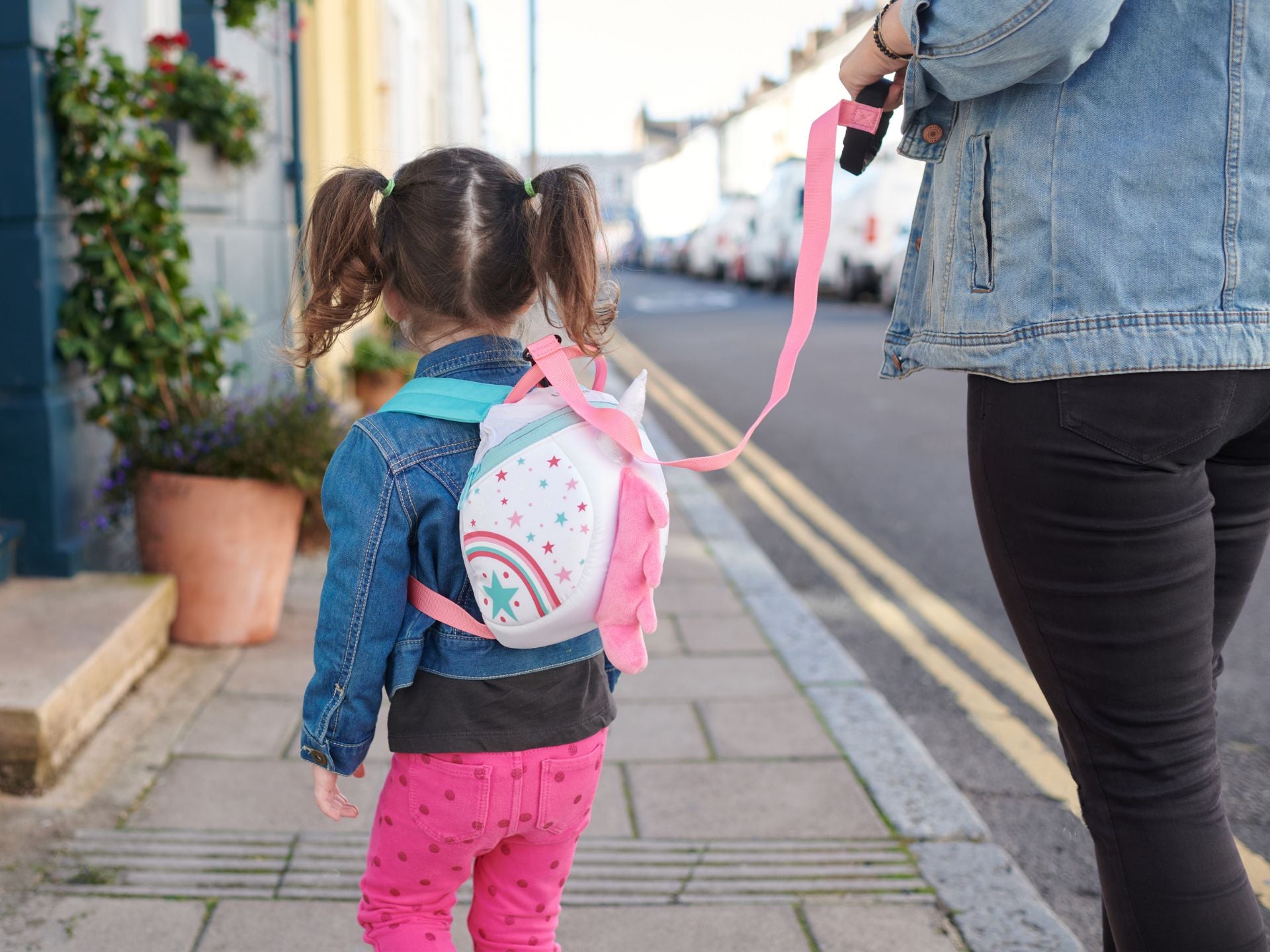Little Explorers: Fizzing Fireworks
- Little Explorers

If your Little Explorer is a fan of fireworks, but only without the bangs, here’s a way to make your own fizzingly beautiful quiet ones! It’s all the colour and excitement without the noise for those who just don’t enjoy the whizzes and pops!

You will need:-
Bicarbonate of soda
Clear vinegar
Coffee filters or kitchen towel
Sticky backed plastic
Food colouring
Spray bottle
First you’ll need to prepare your surface. This is a tricky job so perhaps do this before the messy fun begins. Cover your table with sticky backed plastic, with the stick on the outside. Tape it on to the table so it won’t go anywhere.

Hand out a lots of coffee filters or pieces of kitchen towel and ask your Little Explorers to cover the plastic with these papers, laid flat.
Make a mix of ¾ vinegar and ¼ water and fill up an ironing spray bottle.

It’s always good to share out the important jobs before you start these activities with your Little Explorers. It cuts down on the arguments and makes everyone feel important. So, assign one with the role of sprayer and another as bicarb dropper. You can swap the roles around so everyone gets a turn.
Try and synchronise your Little Explorers to drop a teaspoon or so of bicarb on the filter paper at the same time as spraying it with vinegar and water mix, while you drop a dab of food colouring on the same spot. Good luck … it’s great team work practice! We found that to simplify proceedings, you can drop the colours on first.

The colourful baking soda will fizz like crazy when it mixes with the vinegar solution – the smell and sounds are exciting for little senses. You can keep on adding colours, bicarb and vinegar until you’ve created some spectacular artwork. Our Little Explorers were kept busy with this activity for far longer than I could have hoped. Let them dry then dust off the powder and fix up at a window for a stunning effect!

You could use this activity to start explaining liquids and solids to your preschoolers. You can show them how the baking soda becomes a liquid when it mixes with the vinegar, but when it dries out, it turns back into powder.

Expert Explorers: Did you know that when vinegar and bicarb meet, a chemical reaction occurs and carbon dioxide is produced? That’s what make the bubbles in the fizz. Real fireworks were originally made from gunpowder. Now, explosives experts add in other chemicals to make the special effects. The bright sparks you see exploding from sparklers are burning bits of metal dust such as aluminium, zinc and magnesium.



